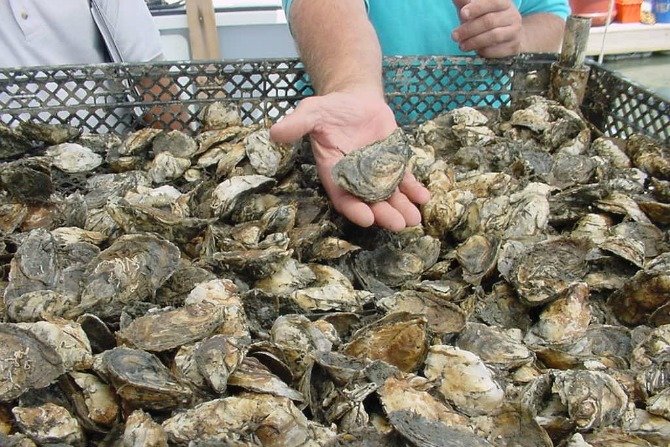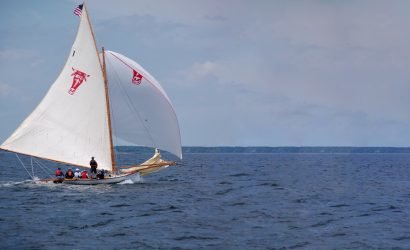Written by Ashley Williams
The U.S. Army Corps of Engineers, in partnership with the State of Maryland and the Commonwealth of Virginia, along with their shared partners, has finalized the Native Oyster Restoration Master Plan. The master plan outlines the Corps’ strategy for large-scale oyster restoration throughout the Chesapeake Bay and its tributaries.
Since the turn of the 20th century, oyster populations in the Chesapeake Bay have declined dramatically, largely due to disease, over harvesting loss of habitat, and degraded water quality. The long-term goal is to restore an abundant, self-sustaining oyster population that performs important ecological functions such as providing reef community habitat, nutrient cycling, spatial connectivity, and water filtration, among others, and contributes to the oyster fishery. The master plan will serve as a foundation, along with plans developed by other federal agencies, to work towards achieving the oyster restoration outcome established by the Chesapeake Bay Protection and Restoration Executive Order (E.O. 13508) to restore native oyster habitat and populations in 20 tributaries by 2025.
A draft version of the master plan was released for public comment in the spring of 2012, and the Corps hosted a series of public meetings to provide members of the community a chance to learn more about the master plan and oyster restoration opportunities, as well as provide input on the master plan.
The public meetings elicited a variety of comments that were taken into consideration when finalizing the master plan. Changes included the division of some of the larger tributaries into smaller segments, updates to cost projections, and the addition of the Elizabeth River into the evaluation.
To view the Native Oyster Restoration Master Plan, please visit the Native Oyster Restoration Plan.
Specific tributary plans recommended by the Corps’ master plan are currently being developed in coordination with the State of Maryland, the Commonwealth of Virginia, the National Oceanic and Atmospheric Administration, the U.S. Environmental Protection Agency, the U.S. Fish and Wildlife Service, the, The Nature Conservancy, and the Chesapeake Bay Foundation.
Photo Courtesy of U.S. Army Corps of Engineers.








